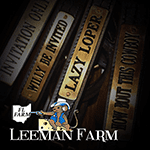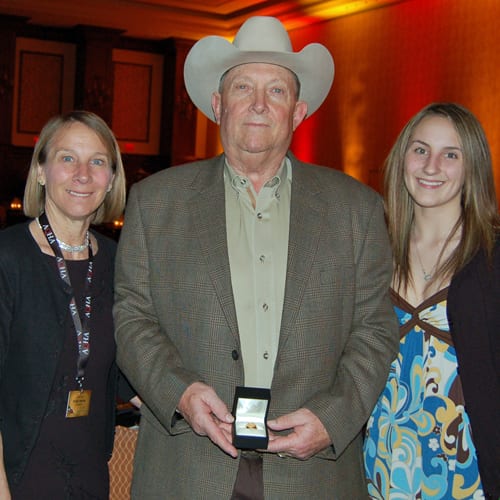Once upon a time, a cowboy showed up with his trusty steed to a horse show and competed in, well…everything.
“There’s nothing he can’t do,” the cowboy said.
The trusty steed would compete in halter in the morning, go on to show in the western pleasure, and finish the day by chasing some cattle around (while doing everything else in between).
The cowboy would go home with a bunch of blue ribbons on the dash of his truck and his trusty steed would get a day or two off (and maybe a carrot if the cowboy was into that sort of thing).
And while the above sounds like a fairy tale, for many years it was the reality of our industry.
At some point, that cowboy and trusty steed started to shave off events until they were only showing in a handful.
If you think about this story from long ago compared to our industry today, it undoubtedly raises some questions.
When did our industry start becoming so specialized? Why? Where do we go from here? And what are some of the pros and cons of this evolution?
GoHorseShow sat down with some top trainers in the industry and got their thoughts on the topic.
The When and Why
Some of those we interviewed cited the mid-90s as the time when our industry took a sharp turn toward specialization, though some noticed the changes happening much earlier.
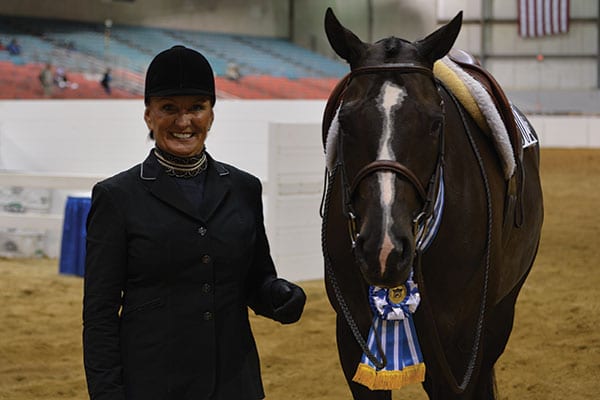 “I think over the years, there has always been some specialization, but in the mid-90s, it got even more so, especially with the western pleasure and hunter under saddle horses,” said Heidi Piper (pictured right) of Piper Performance Horses in Sunbury, Ohio. “Around that time we just started getting more and more very talented horses that fit that bill.”
“I think over the years, there has always been some specialization, but in the mid-90s, it got even more so, especially with the western pleasure and hunter under saddle horses,” said Heidi Piper (pictured right) of Piper Performance Horses in Sunbury, Ohio. “Around that time we just started getting more and more very talented horses that fit that bill.”
Piper also mentioned that with specialization, riders began noticing that horses seemed to be lasting longer in individual events, which made it even easier to specialize.
Sandy Vaughn, of Vaughn Quarter Horses in Ocala, Florida said, “Our breed is a specialty breed on its own, so I think there has always been some degree of it. But I believe specialization started about 30 years ago when we started seeing good produce coming out of the thoroughbred lines.”
 Vaughn (pictured left) went on to say that there is a certain “look” that originated from these lines that people appreciate more nowadays rather than the “foundation” look of years past. The horses are bigger, have prettier necks and heads, and are well balanced in general.
Vaughn (pictured left) went on to say that there is a certain “look” that originated from these lines that people appreciate more nowadays rather than the “foundation” look of years past. The horses are bigger, have prettier necks and heads, and are well balanced in general.
But regardless of when the changes did start to happen, the bigger question seems to be why?
Western pleasure trainer, Jay Starnes, located in Manning, South Carolina, said, “As a trainer, I think one of the biggest reasons we have become so specialized is because trainers have all found a niche. They have found what they are both good at and enjoy, so that is where they want to focus.”
As we all know, the horse business is a tiresome business, and it can be easy for anyone to get burned out.
Starnes pointed out that by being so specialized, it prevents both trainers and exhibitors from getting burned out because they are doing what they love to do.
“I don’t see trainers pushing clients to do events they dislike or aren’t good at these days, likewise not pushing horses into events that they just don’t excel at,” he said. “And I think that is nothing but a good thing.”
 All-Around trainer Bruce Vickery (pictured right) of Vickery Quarter Horses in Sanger, Texas directly cites breeding programs as the cornerstone to this change.
All-Around trainer Bruce Vickery (pictured right) of Vickery Quarter Horses in Sanger, Texas directly cites breeding programs as the cornerstone to this change.
“When we started breeding horses for the western pleasure or the hunter under saddle is when all of this began taking place,” he said. “As the horses got better, so did the trainers, and you see what we have today.”
Vickery recognized that when horses are particularly good, they simply stay in the event they are good at, while some can branch out into the all-around events like western riding and trail.
“The all-around events are a great place for the great western pleasure horses,” he added.
Denny Hassett, of Auburn, Kansas who is widely known in the industry as a “halter guy” actually showed performance horses up until 1989 and also cited changes in breeding for the change in the industry.
“Beginning with blood lines like Zippo Pine Bar for the performance horses and Impressive for the halter is when we started to notice a shift,” he said. “Not only was the style of horses changing, but also the style of the trainers. You had to be a trainer, not a cowboy if you know what I mean. And then everything just started separating.”
The Pros and Cons
 When it comes to the question regarding if specialization is a positive transition in our industry, our panel noted that there are pros and cons to everything, and specialization is no different.
When it comes to the question regarding if specialization is a positive transition in our industry, our panel noted that there are pros and cons to everything, and specialization is no different.
Piper sees specialization as a positive influence when it comes to allowing our horses to move to the best of their ability.
“By specializing, we aren’t hindering the horse’s movement the way we would be if we were showing in multiple classes,” she said.
However, Piper does feel that specialization could be limiting to our numbers since the market for specialized horses has skyrocketed.
Hassett agreed but said there is still a positive because classes like the ranch riding still provide the opportunity for an average exhibitor a place to show their horse.
“The expense of horse showing has hurt the industry,” he said. “The ranch riding is an excellent example of how we showed years ago, it’s more natural and doesn’t cost so much. The horses also exhibit more of the style we showed years ago. Not everyone can afford a five thousand dollar outfit or a twenty thousand dollar saddle. The ranch riding is perfect for the every day exhibitor.”
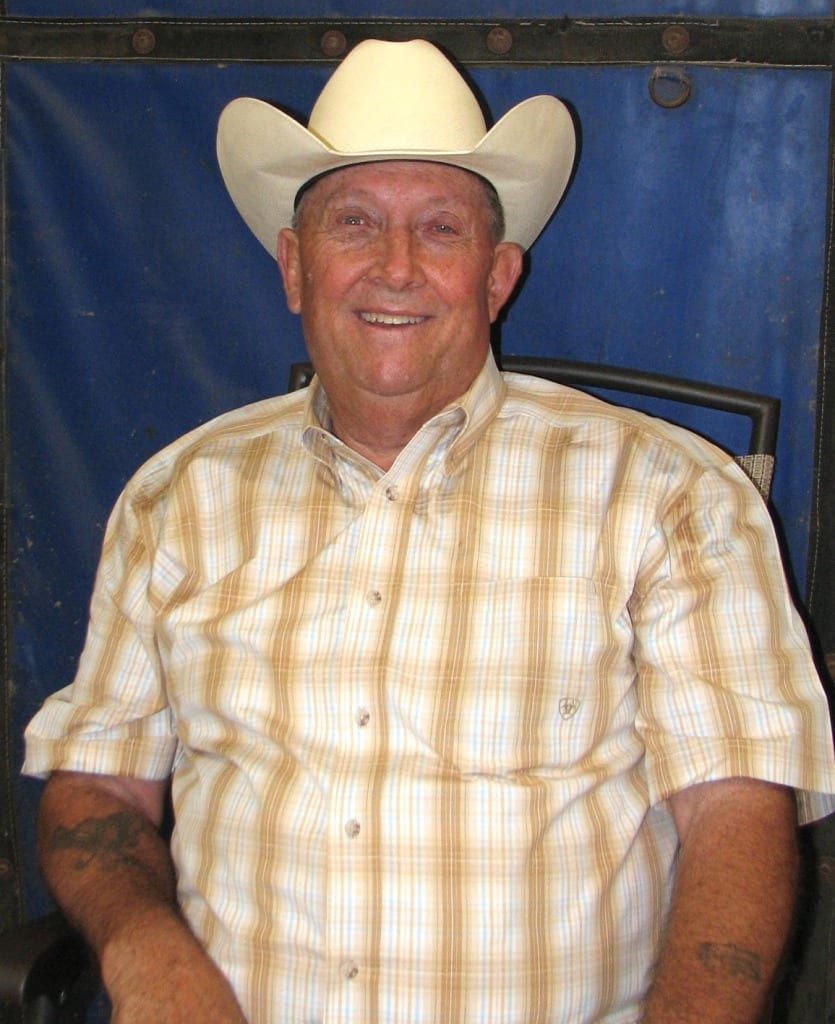 However, one of the positive aspects of the specialization that Hassett (pictured right) sees is that it gives more trainers the opportunity to get into the business.
However, one of the positive aspects of the specialization that Hassett (pictured right) sees is that it gives more trainers the opportunity to get into the business.
“When trainers had to do everything it was a struggle to be successful,” he said. “As an example, if you are trying to fit halter horses, you don’t have time to ride. And vice versa. By only doing one or two events, you have the chance to become really good and be successful.”
For Vaughn and Starnes however, they feel the specialization has the potential to grow membership and numbers.
“People can more easily choose where to spend their money,” said Starnes. “And they don’t have to spend all day at a horse show.”
Vaughn said, “I’m hoping all of this will increase membership and participation, and I think it is nice for families to be able to make a horse show kind of like a vacation. I think that makes it easier to enjoy the show on the whole. But my concern is that we may be spreading ourselves too thin and that it has hurt the camaraderie at the horse shows. Everybody wants to come do their thing and leave, which kind of kills the social aspect of it for me.”
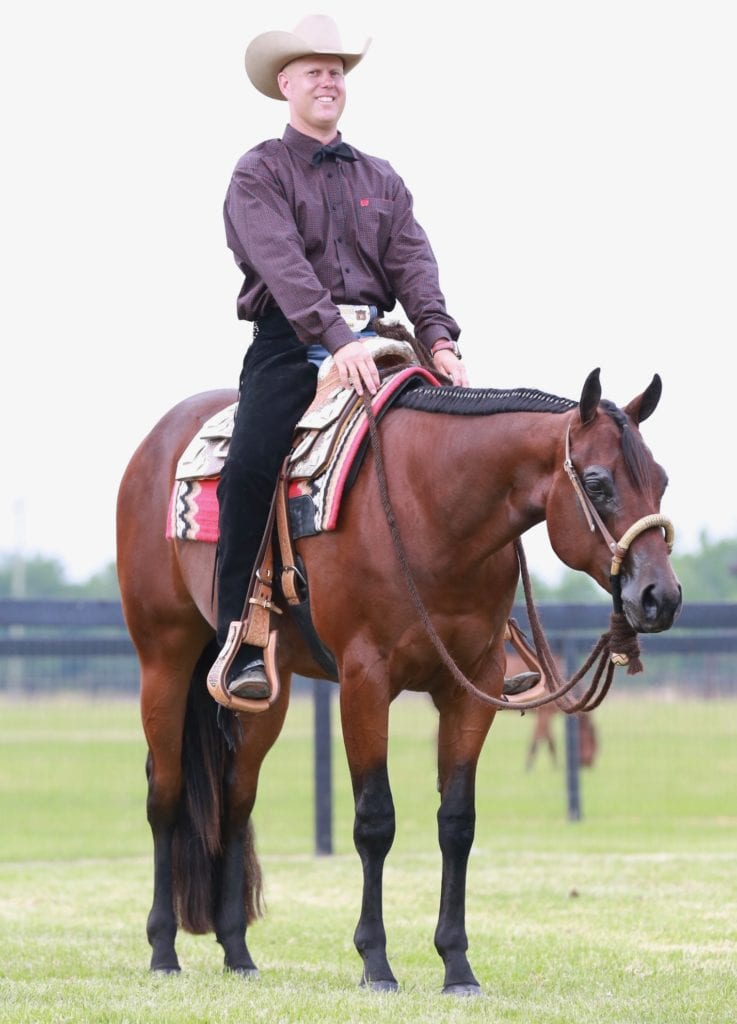 Of course, one of the definite pros of specialization, as Starnes (pictured left) pointed out as a reason for this shift, is that everyone does get to do what they are good at and enjoy which raises the level of competition to an unprecedented level.
Of course, one of the definite pros of specialization, as Starnes (pictured left) pointed out as a reason for this shift, is that everyone does get to do what they are good at and enjoy which raises the level of competition to an unprecedented level.
Vickery sees this as a good thing.
“With the specialization, you get to see an amazing quality in every single class,” he said. “We are talking about a whole different level of horses nowadays, there aren’t just one or two good ones in a class anymore, there are entire groups that are good, and it comes down to who has the best ride on that particular day.”
Where Does the Industry Go From Here?
So, will we ever see that cowboy and his trusty steed showing in everything again?
Our panel was mixed about it but agreed that we probably wouldn’t be seeing him again, at least not anytime soon.
“There are so many specialty trainers out there today. I don’t see this changing anytime soon,” said Vaughn.
“I think we have reached our specialization limit,” said Starnes. “I don’t believe we can break it down anymore, if we did, that might be a negative for the industry, but I think we are in a good place now.”
 He continued, “I think the biggest challenge will be to bridge the gap between generations. Getting the folks who saw the old time all around horses to accept that it just isn’t that way anymore and getting the general public to understand that the events themselves are getting more specialized.”
He continued, “I think the biggest challenge will be to bridge the gap between generations. Getting the folks who saw the old time all around horses to accept that it just isn’t that way anymore and getting the general public to understand that the events themselves are getting more specialized.”
Piper pointed out that now we rely so much on the internet (which obviously is going nowhere) and because of that, it may be difficult ever to expect things to go back to the way they were.
“The internet has probably made things more specialized than ever before,” she said. “It puts us (trainers) into categories more so than we do ourselves. It brands trainers in a certain way so even if they do other events, they are known for only one or two and then will attract those clients.”
Along those same lines, Vickery noted that because the level of competition is so high, even if we wanted to go back to days of old it’s not possible.
“To be competitive, you have to focus on one or two events,” he said. “You wouldn’t be able to place otherwise. Because of that, I do think it will pretty much stay on the same path we’re on now.”
Hassett added, “It’s taken a long time to get things to where they are today. If we were ever to go back, it would take multiple generations to get there, and I just don’t see that happening.”
So where are the cowboy and his trusty steed now?
Well, they are in the western pleasure. The hunter under saddle. The trail. The western riding. The halter. The hunter. And the cattle events.
It’s just a lot more cowboys and a lot more trusty steeds.
Photos courtesy of Cody Parmenter, GoHorseShow, Courtsey Promotions, Jay Starnes, Sandy Vaughn, Kristin Martin, NSBA, and Denny Hassett.




